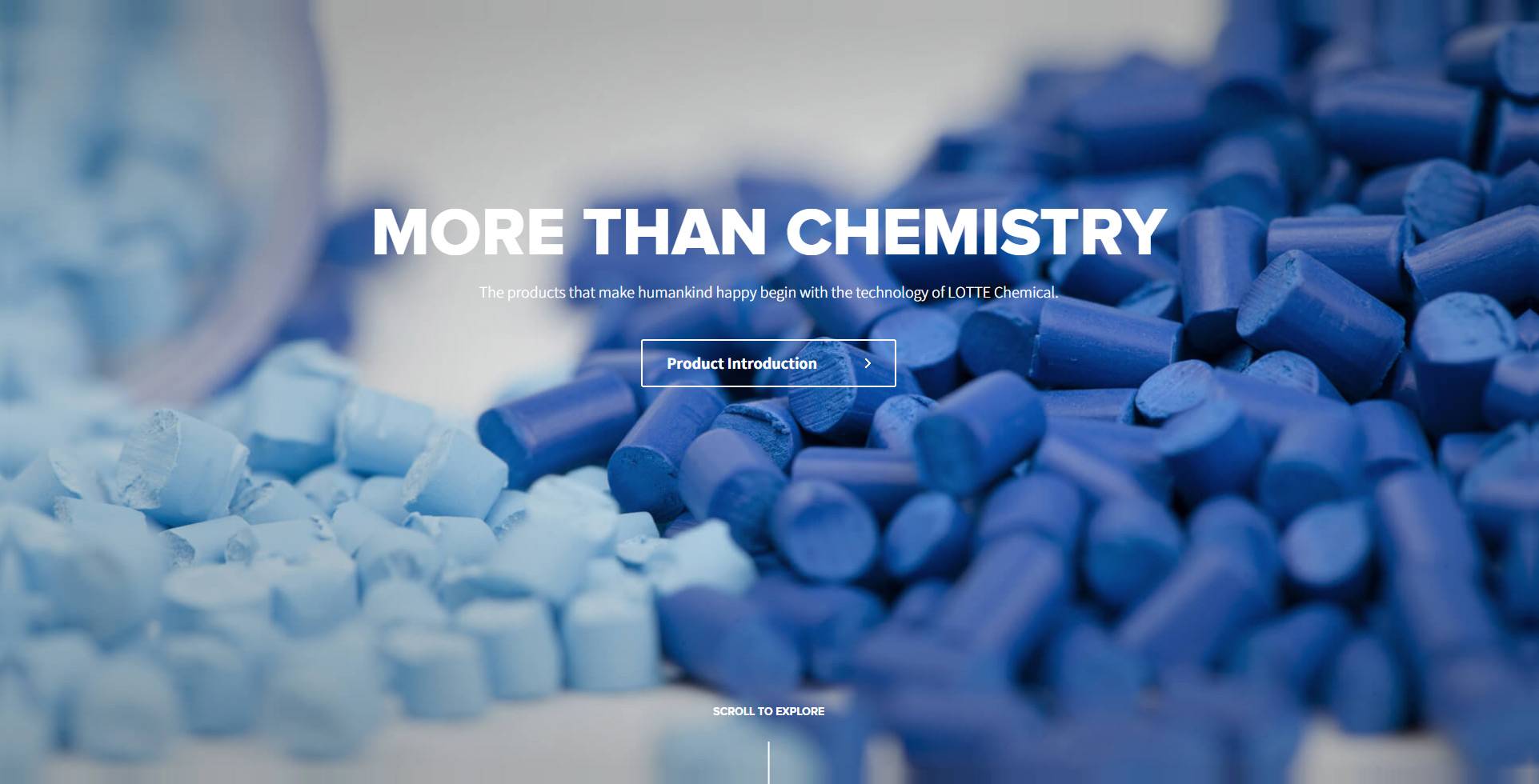Nov . 22, 2024 07:19 Back to list
150mm pvc pipe
Understanding 150mm PVC Pipe Applications and Benefits
PVC, or Polyvinyl Chloride, is one of the most versatile and widely used plastic materials in the world today. Among the various sizes of PVC pipes, the 150mm PVC pipe stands out due to its optimal dimensions for various applications. This article delves into the characteristics, applications, and advantages of the 150mm PVC pipe, highlighting its importance in modern infrastructure and construction.
Characteristics of 150mm PVC Pipe
A 150mm PVC pipe typically has an outer diameter of 150mm and is used in a variety of applications due to its strength, durability, and resistance to corrosion. This size is particularly suitable for both residential and industrial sectors. The pipe is lightweight compared to metal alternatives, making it easier to transport and install. Moreover, the smooth interior surface of PVC pipes reduces friction and increases flow efficiency, which is critical in various fluid transport systems.
Applications
The 150mm PVC pipe is widely used in several applications, ranging from drainage systems to irrigation and plumbing. In urban environments, these pipes play a crucial role in sewage and wastewater management systems, ensuring efficient removal of waste from residential and commercial buildings. They are also commonly used in stormwater drainage systems, helping to manage rainwater and prevent flooding.
In agriculture, the 150mm PVC pipe is employed for irrigation purposes, delivering water efficiently to crops. This facilitates better water management and increases agricultural productivity. Additionally, the pipe is often utilized in industrial applications for chemical transport due to its resistance to a wide range of corrosive materials.
150mm pvc pipe

Advantages
One of the primary benefits of using 150mm PVC pipes is their resistance to corrosion. Unlike metal pipes, PVC does not rust or corrode, ensuring a longer lifespan and reduced maintenance costs. This property makes PVC an ideal choice for a range of environments, including those exposed to harsh chemicals or fluctuating weather conditions.
Another significant advantage is the ease of installation. The lightweight nature of PVC allows for quicker handling and lower labor costs during installation. Additionally, PVC pipes are compatible with various jointing methods such as solvent welding, rubber ring joints, and mechanical fittings, further simplifying the installation process.
Cost-effectiveness is another key benefit of using 150mm PVC pipes. They are generally more affordable than other materials like metal or concrete, making them a preferred choice for budget-conscious projects without compromising on quality or efficiency.
Conclusion
In conclusion, the 150mm PVC pipe is an essential component in various sectors, including construction, agriculture, and industrial applications. Its unique characteristics, such as corrosion resistance, lightweight, and cost-effectiveness, make it an ideal choice for both small and large-scale projects. As infrastructure development continues to grow globally, the reliance on reliable materials like the 150mm PVC pipe will undoubtedly remain strong, underlining its significance in our everyday lives.
-
High-Quality PPR Pipes and Fittings Durable ERA PPR & PVC PPR Solutions
NewsJul.08,2025
-
Black HDPE Cutting Board - Durable, Non-Porous & Food Safe HDPE Plastic Cutting Board
NewsJul.08,2025
-
High-Quality CPVC Panel Durable HDPE & PVC Panels Supplier
NewsJul.08,2025
-
Double PE Welding Rod Supplier - High Strength, Durable & Versatile Welding Solutions
NewsJul.07,2025
-
High-Quality PVC-O Pipe Supplier Durable 75mm PVC Pipe & Connections Leading PVC Pipe Company
NewsJul.07,2025
-
HDPE Drainage Pipe Supplier – Durable & Corrosion-Resistant Solutions
NewsJul.06,2025

